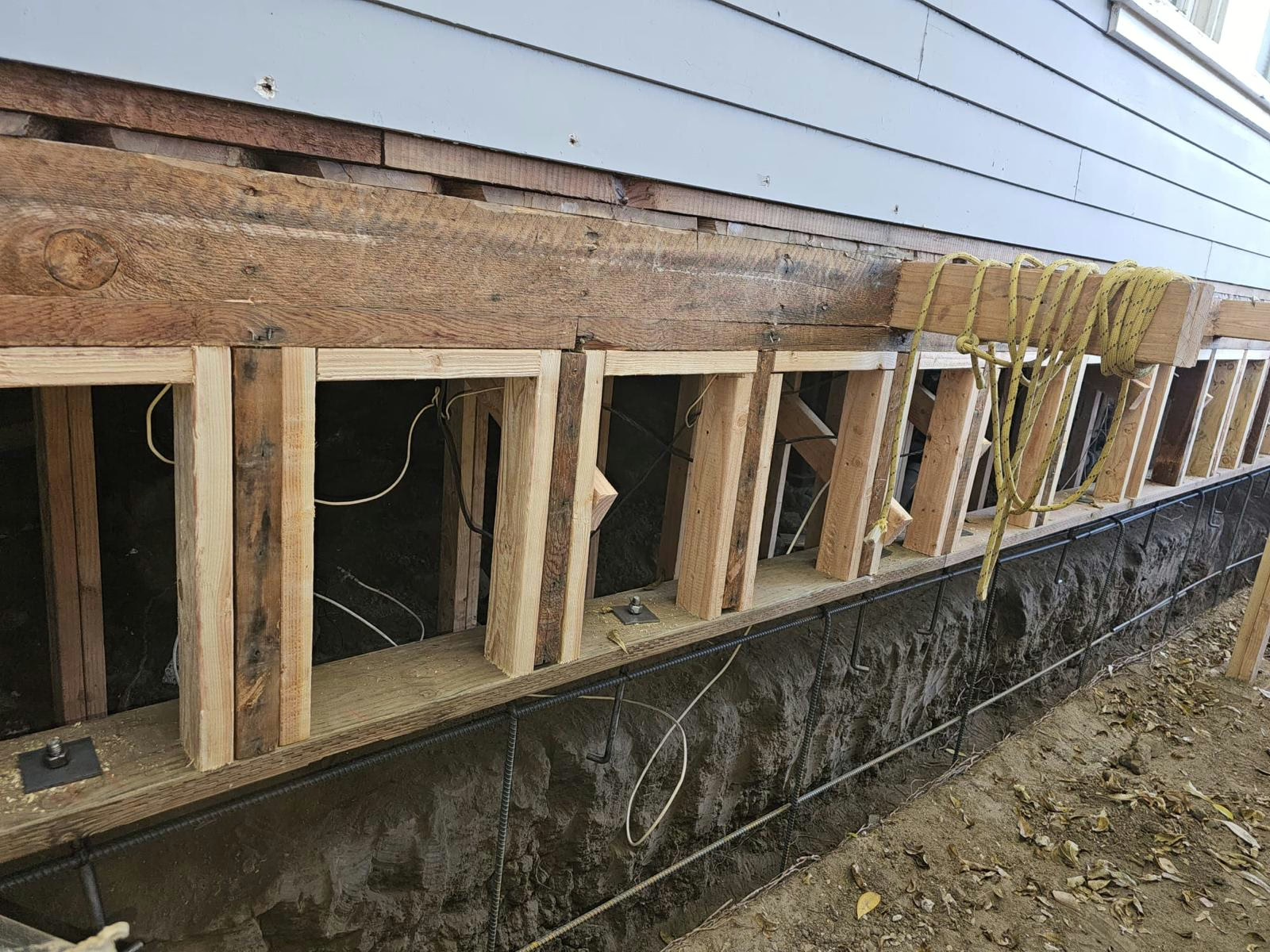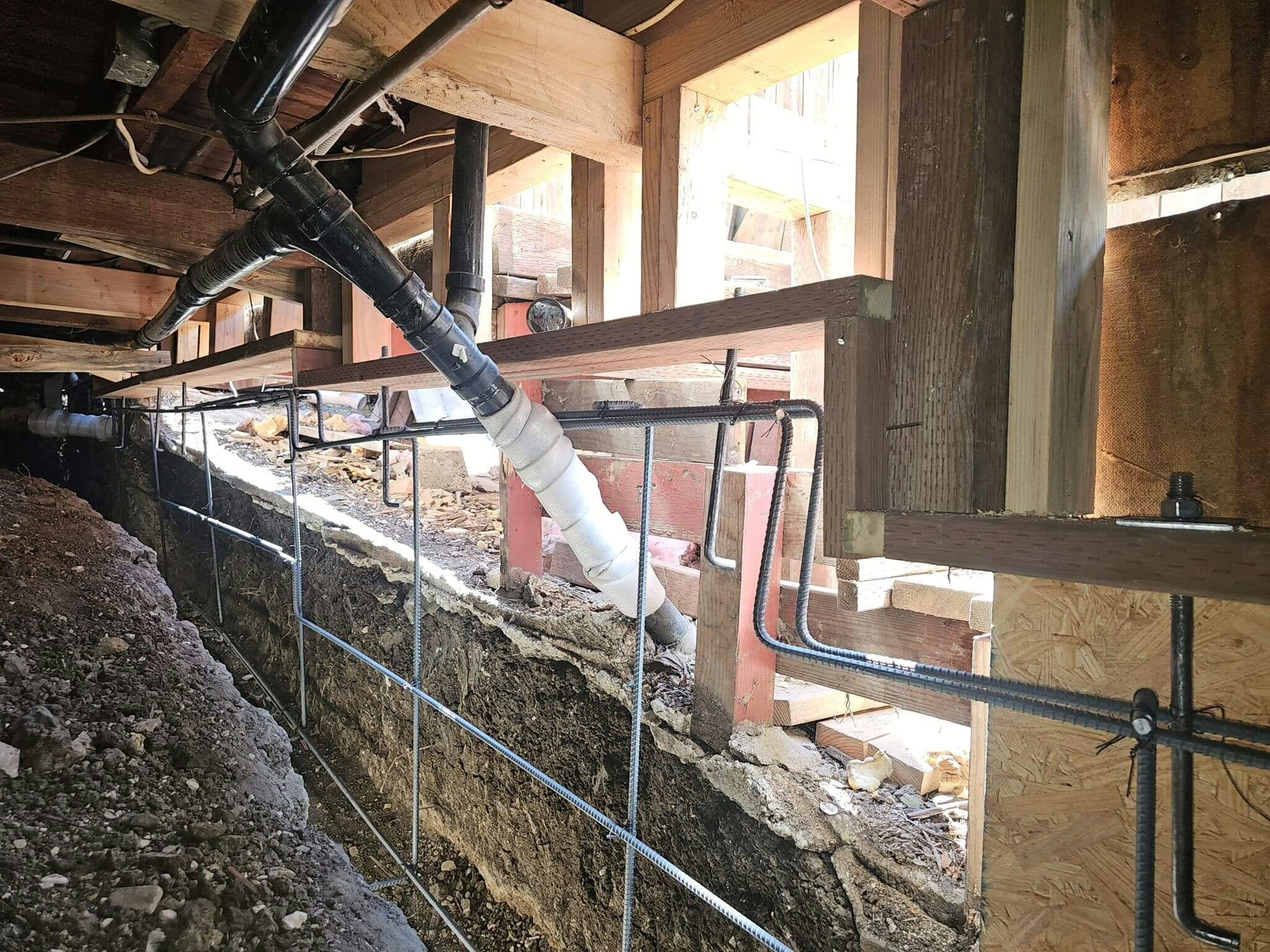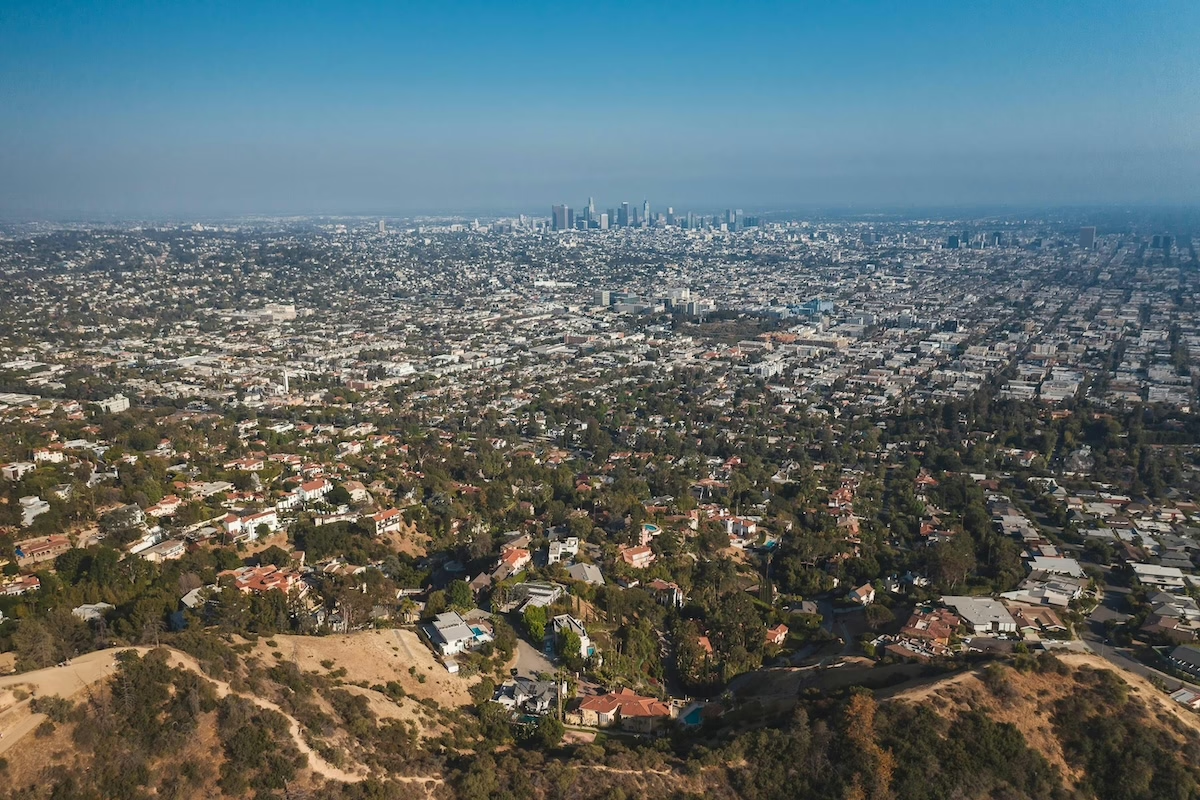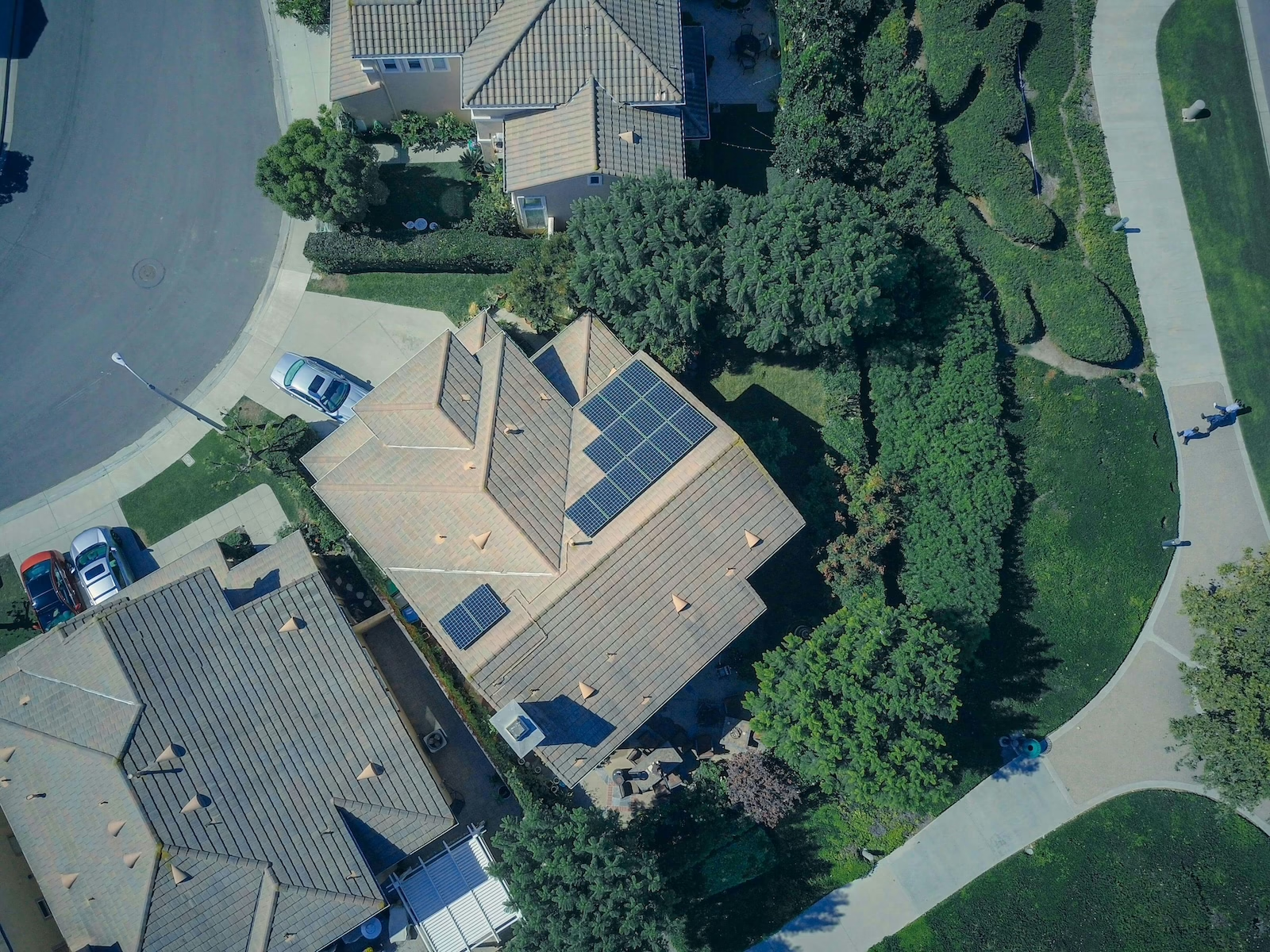Earthquake Retrofitting in Los Angeles is a vital process for homeowners looking to protect their property and ensure safety during seismic events. With Los Angeles being one of the most earthquake-prone areas in the world, understanding the benefits and methods of retrofitting is crucial. This guide covers everything you need to know, including the advantages of retrofitting, common techniques, and how to select the right seismic retrofit contractor for your needs.
Benefits of Earthquake Retrofitting
- Enhanced Safety: Retrofitting strengthens your home’s foundation, reducing the risk of structural collapse during an earthquake. This protects your family and valuable possessions.
- Increased Property Value: Homes with retrofitted foundations are more appealing to buyers and can command higher prices in the real estate market.
- Lower Insurance Premiums: Many insurance providers offer discounts for earthquake retrofitted homes, reducing overall costs.
- Compliance with Local Building Codes: Earthquake retrofitting ensures your property meets current safety standards and regulations in Los Angeles.
- Peace of Mind: Knowing your home is prepared for seismic events provides comfort and confidence.
Common Techniques Used in Earthquake Retrofitting
1. Bolting
Bolting involves securely attaching the wooden frame of your house to the concrete foundation using anchor bolts. This prevents the house from sliding off the foundation during an earthquake.
2. Bracing
Bracing strengthens the walls of your crawl space or basement by installing plywood or other materials to resist lateral movement. It’s particularly effective for homes with “cripple walls.”
3. Earthquake Brace and Bolt (EBB)
The Earthquake Brace and Bolt program provides financial incentives to homeowners for retrofitting their homes. This technique combines bolting and bracing for maximum safety and stability.
Pro Tip: Check if your home qualifies for the EBB program to save on retrofitting costs. Visit California Residential Mitigation Program for more information.
How to Choose a Seismic Retrofit Contractor
Selecting the right contractor is critical for ensuring quality and compliance. Here are key factors to consider:
- Experience and Credentials
- Look for contractors with specific expertise in earthquake retrofitting.
- Verify licenses and certifications through the California Contractors State License Board (CSLB).
- References and Reviews
- Ask for references from past clients.
- Check online reviews on platforms like Yelp and Google Business Profiles to gauge customer satisfaction.
- Knowledge of Local Building Codes
- Ensure the contractor is familiar with Los Angeles-specific seismic requirements.
- Transparent Pricing
- Request detailed quotes outlining labor, materials, and additional costs.
- Avoid contractors who offer prices significantly below market rates, as this may indicate poor quality.
- Warranty and Insurance
- Confirm that the contractor offers a warranty on their work.
- Verify that they carry adequate insurance coverage to protect against potential damages.
Why Earthquake Retrofitting Matters in Los Angeles
Los Angeles is situated along major fault lines, including the San Andreas Fault, making it highly susceptible to earthquakes. Retrofitting your home not only protects your property but also contributes to the overall resilience of the community. By investing in earthquake retrofitting, you’re taking proactive steps to safeguard your future. Learn more about our Earthquake retrofitting services.
Key Statistics: High-Risk Areas in Los Angeles
Certain cities and neighborhoods in Los Angeles County are at a higher risk of earthquake damage due to their proximity to major fault lines. For instance:
- San Fernando Valley: Known for older homes that often require retrofitting, particularly in areas like Northridge and Granada Hills.
- Downtown Los Angeles: Home to many historic buildings that lack modern seismic upgrades.
- Santa Monica: Coastal areas are susceptible to both ground shaking and soil liquefaction.
- Pasadena and Glendale: These cities sit near the Raymond Fault and feature many older structures needing retrofitting.
- Long Beach: A region with a history of significant earthquake activity, such as the 1933 Long Beach earthquake, highlighting the need for retrofitting efforts.
If you live in any of these areas, retrofitting is especially crucial to protect your home and family from potential seismic damage.
Don’t wait until it’s too late. Protect your home and loved ones by investing in earthquake retrofitting today. Contact our expert team at Golden Retrofit & Foundation Repair to schedule your free consultation and learn how we can make your home safer and more secure.




